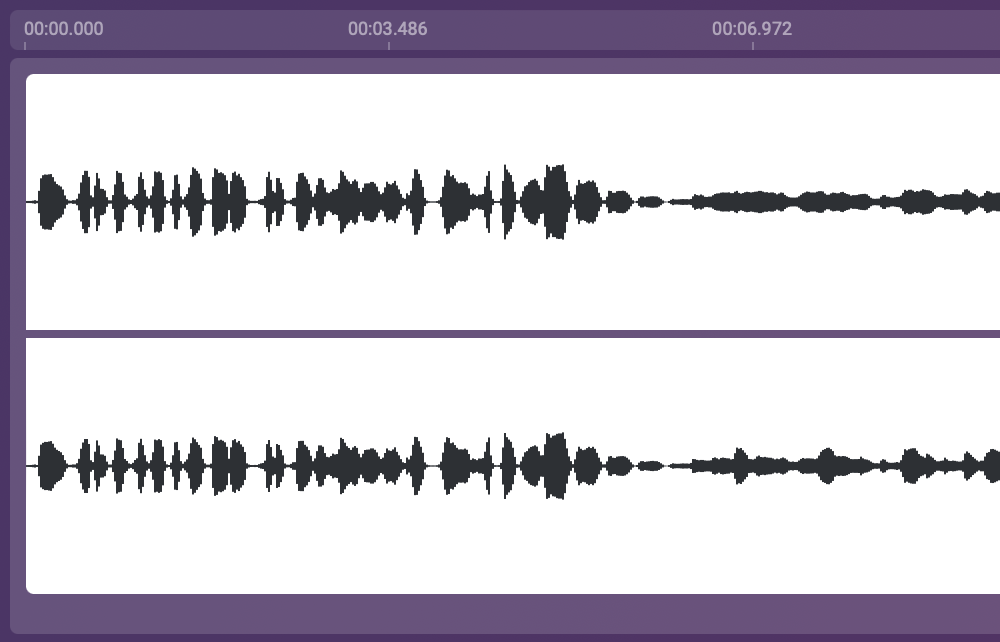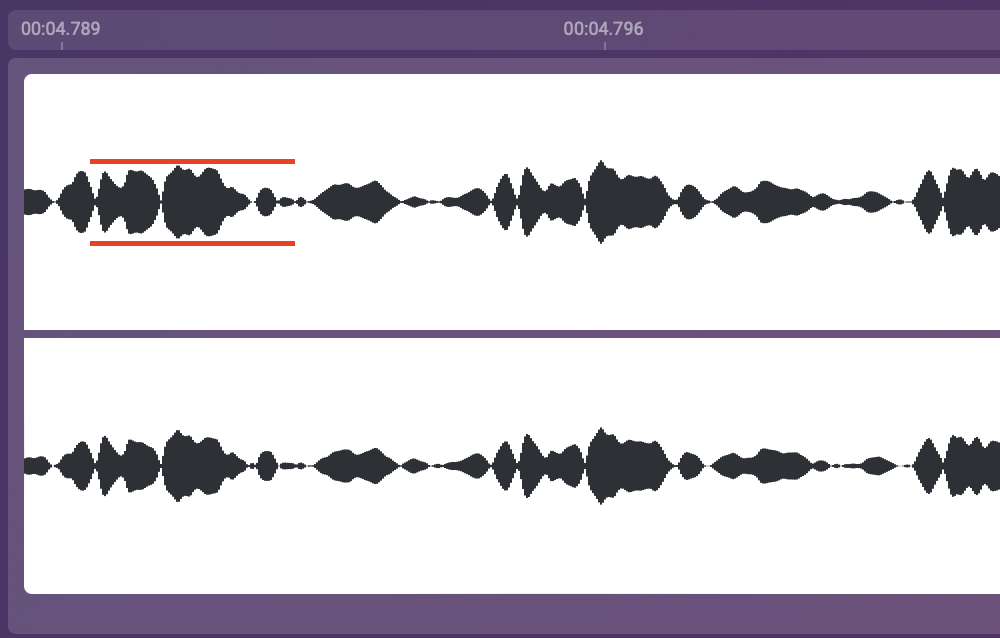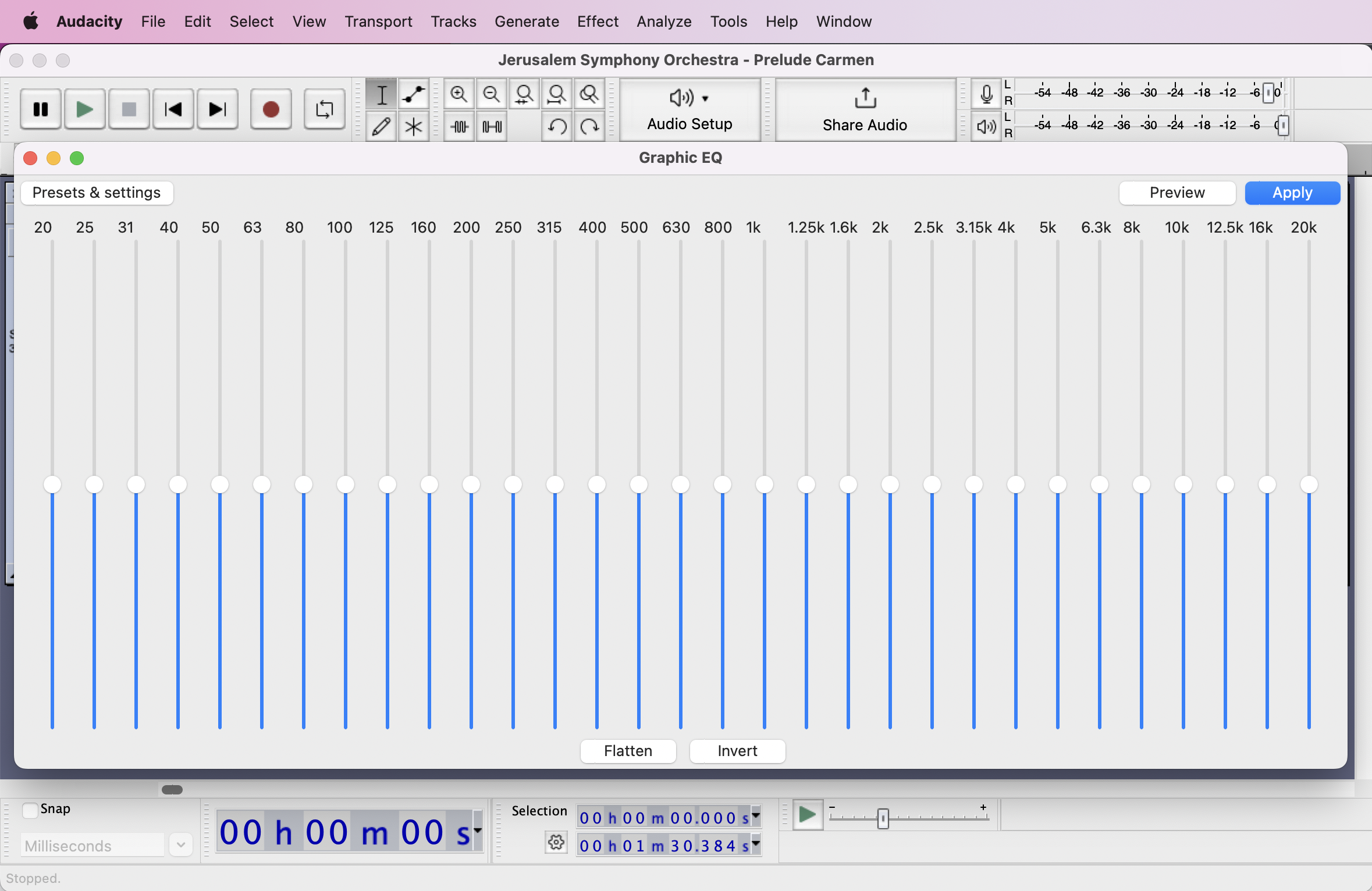Demystifying key sound editing terms
Sound editing is a fascinating and essential aspect of audio production, whether you're working on music, podcasts, films, or any other audio content. To delve into the world of sound editing, it's crucial to grasp the fundamental terminology associated with the craft. In this article, we will explore key terms such as waveform, frequency, amplitude, and equalization, shedding light on their significance in the realm of sound editing.
Waveform
A waveform is a graphical representation of an audio signal over time. It visually displays the changes in air pressure (sound) as a series of peaks and troughs, providing valuable insights into the characteristics and dynamics of an audio clip. Understanding waveforms helps sound editors identify specific sections, locate anomalies, and make precise edits with greater accuracy.

Frequency
Frequency refers to the number of cycles a sound wave completes per second and is measured in Hertz (Hz). It determines the pitch of a sound, with higher frequencies corresponding to higher pitches and lower frequencies associated with lower pitches. Sound editors manipulate frequencies to adjust tonal balance, remove unwanted elements, or enhance specific characteristics of an audio recording.

Amplitude
Amplitude represents the strength or magnitude of a sound wave and is typically measured in decibels (dB). It determines the volume or loudness of a sound. Sound editors work with amplitude to control the dynamic range of an audio track, ensuring that softer sounds are audible and louder sounds do not distort or overwhelm the listener.

Equalization (EQ)
Equalization, often abbreviated as EQ, is the process of adjusting the balance of frequencies in an audio signal. Using an equalizer tool, sound editors can boost or attenuate specific frequency ranges to shape the overall tonal quality of a recording. EQ allows for the removal of unwanted noise, emphasizing particular instruments or vocals, and achieving a pleasing and balanced mix.

By familiarizing yourself with these key terms in sound editing—waveform, frequency, amplitude, and equalization—you've taken an important step towards understanding the intricacies of audio production. Armed with this knowledge, you'll be better equipped to navigate sound editing software, communicate effectively with fellow audio professionals, and create exceptional audio content.
Remember, the world of sound editing is vast and continually evolving. Embrace the opportunity to experiment, learn from others, and explore advanced techniques to enhance your skills in this captivating field.